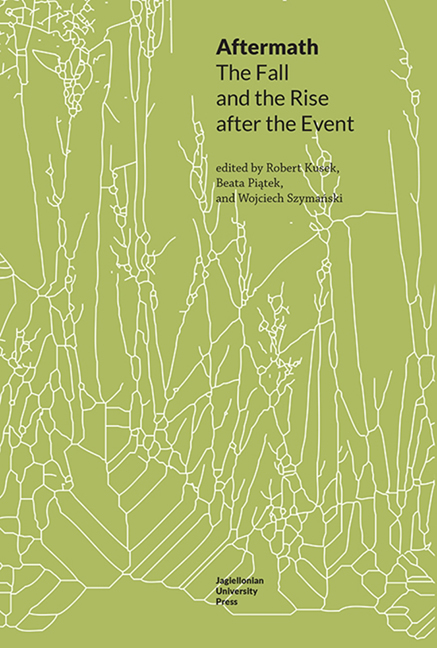After the Earth: New Postsingularity Scenarios
Published online by Cambridge University Press: 06 November 2021
Summary
The Absence of Future Has Already Began
In 2000 the Nobel-winning chemist Paul J. Crutzen, together with his collaborator, the marine science specialist Eugene F. Stroemer, introduced the idea of a new geological age in the history of Earth and proposed to call it the Anthropocene. However, already in 1972 a team of MIT researchers published a report, commissioned by the Club of Rome, tellingly entitled The Limits to Growth (Meadows, Meadows, Randers, and Behrens 1972). To simulate the consequences of interactions between earth and human systems – should the rate of progress not change – the MIT team used a computer model based on five variables, still recognised as important today: population, food production, industrialisation, pollution, and consumption of non-renewable natural resources. Following a review of several scenarios of future developments, the report concluded that if there are no decisive changes to already established growth trends, the limits to growth on earth would become evident by 2072, leading to a “sudden and uncontrollable decline in both population and industrial capacity” (23), which would end in a global catastrophe no later than at the end of the 22nd century. This diagnosis was confirmed by several other books, articles, and reports published at that time, among others by Barry Commoner’s widely-read The Closing Circle: Nature, Man, and Technology (1971). Commoner, the founding father of modern environmental movement, was one of those who suggested an urgently needed restructuration of American capitalist economy and technologies, which are responsible for environmental degradation. Pessimistic as they were, all the alarmist voices of the early 1970s predicting an approaching apocalypse, situated it, nevertheless, more than one hundred years in the future. That still gave their contemporaries enough space for both finding new resources and inventing cutting-edge technologies that would solve the problem or, at least, change exponential growth in such a way as to achieve ecological and economic sustainability. The safe span of hundred-odd years between the early 1970s and an assumed catastrophe was most probably also the main reason why the report The Limits to Growth was immediately strongly criticised or even ridiculed by different parties.
However, the situation has changed dramatically in the last two decades when the scientific community agreed that the ecological crisis is man-made and humans have been largely acknowledged as important geological agents which have deeply influenced basic physical processes of earth.
- Type
- Chapter
- Information
- AftermathThe Fall and the Rise after the Event, pp. 93 - 106Publisher: Jagiellonian University PressPrint publication year: 2022



